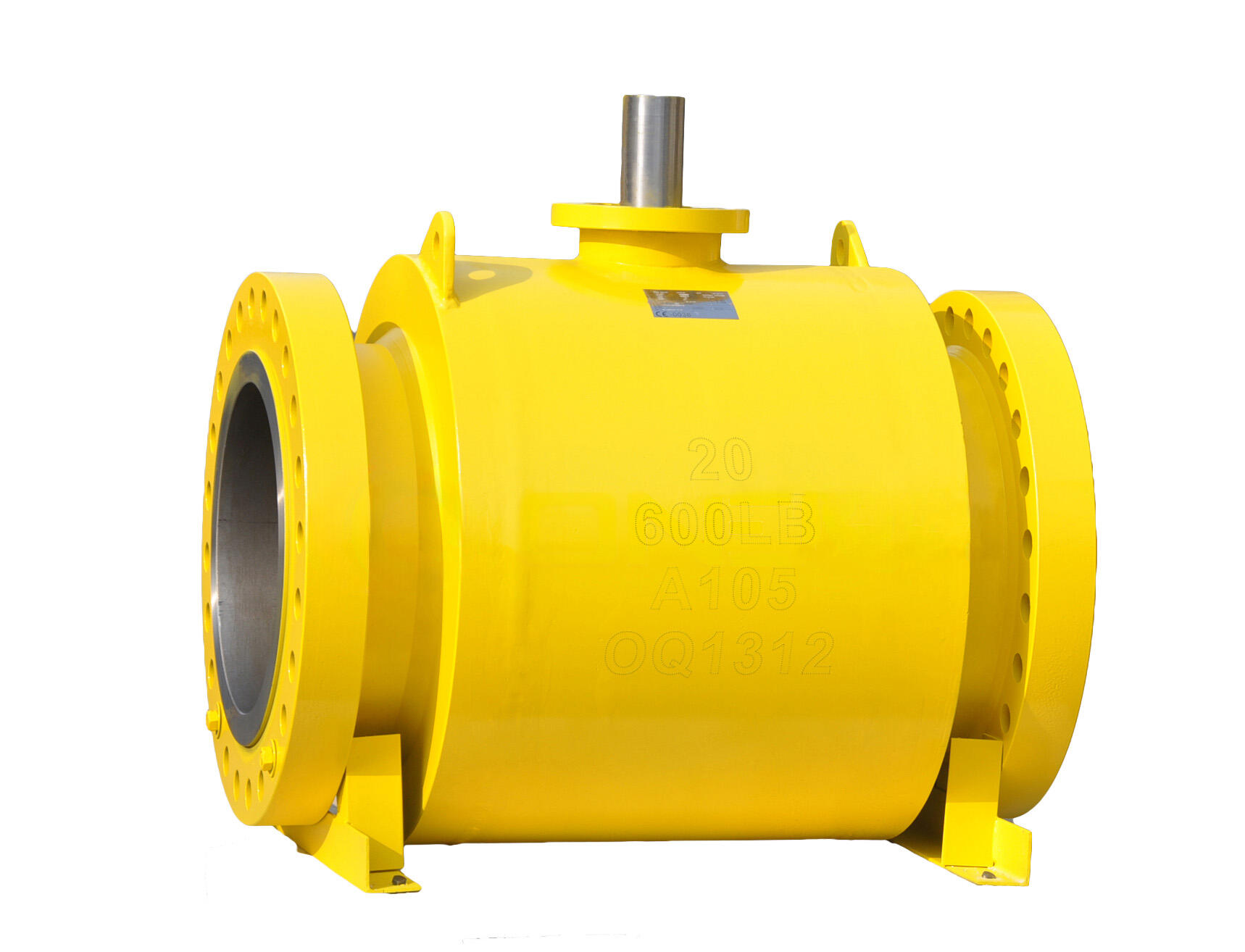Revolutionizing Industrial Flow Control with Advanced Automation
The evolution of flow control technology has reached new heights with the integration of electric ball valve systems across various industries. These sophisticated devices combine traditional mechanical engineering with modern electronic controls, offering unprecedented precision and reliability in fluid management. As facilities worldwide embrace automation, electric ball valves have emerged as the cornerstone of efficient process control, enabling seamless operation and reduced maintenance requirements.
Understanding Electric Ball Valve Technology
Core Components and Functionality
At its heart, an electric ball valve consists of a spherical disc housed within the valve body, controlled by an electric actuator. This actuator transforms electrical signals into mechanical motion, enabling precise control over fluid flow. The system typically includes position sensors, control circuits, and manual override mechanisms, ensuring reliable operation even in challenging conditions. The integration of these components results in a robust flow control solution that maintains consistent performance over extended periods.
Advanced Features and Control Mechanisms
Modern electric ball valve designs incorporate sophisticated control features that elevate their functionality beyond simple on-off operations. Variable position control allows for precise flow modulation, while integrated feedback systems provide real-time position monitoring. Smart diagnostics capabilities enable predictive maintenance, reducing downtime and extending equipment life. These advanced features make electric ball valves particularly valuable in applications requiring precise flow control and remote operation capabilities.
Applications Across Industries
Process Manufacturing Excellence
In process manufacturing, electric ball valve systems play a crucial role in maintaining product quality and operational efficiency. Chemical processing plants rely on these valves for precise control of reactive materials, while food and beverage manufacturers use them to ensure proper mixing ratios and maintain sanitary conditions. The ability to automate valve operations through electronic controls has revolutionized batch processing and continuous flow applications, leading to improved consistency and reduced waste.
Building Services and HVAC Systems
The building services sector has embraced electric ball valve technology for its reliability and energy efficiency benefits. HVAC systems utilize these valves to regulate water flow in heating and cooling circuits, optimizing thermal comfort while minimizing energy consumption. The integration of electric ball valves with building management systems enables automated temperature control and enhanced system responsiveness to changing environmental conditions.
Benefits of Implementation
Operational Efficiency Improvements
Implementing electric ball valve solutions delivers significant operational advantages. The precise control capabilities reduce energy waste and improve process consistency, while automated operation eliminates the need for manual valve adjustment. This automation not only increases efficiency but also reduces the risk of human error, leading to more reliable system performance and reduced maintenance requirements.
Cost-Effectiveness and ROI
While the initial investment in electric ball valve technology may be higher than traditional manual valves, the long-term financial benefits are substantial. Reduced labor costs, improved energy efficiency, and decreased maintenance requirements contribute to a strong return on investment. Additionally, the extended service life and reliable performance of electric ball valves result in lower replacement costs over time, making them a cost-effective choice for modern industrial applications.
Installation and Maintenance Best Practices
Professional Installation Guidelines
Proper installation of electric ball valve systems is crucial for optimal performance. This includes careful consideration of mounting orientation, proper wiring connections, and appropriate environmental protection. Professional installers must ensure proper alignment, secure mounting, and correct electrical connections while following manufacturer specifications and industry standards. Regular calibration and testing during installation help verify proper operation and prevent future issues.
Preventive Maintenance Strategies
A comprehensive maintenance program is essential for maximizing the lifespan and reliability of electric ball valves. Regular inspections should include checking for wear, verifying proper operation, and testing control signals. Maintenance personnel should document all activities and maintain detailed records of valve performance. Implementing predictive maintenance techniques, such as monitoring valve cycle counts and actuator current draw, can help identify potential issues before they lead to system failure.
Future Trends and Innovations
Smart Integration and IoT Connectivity
The future of electric ball valve technology is closely tied to the growth of Industrial Internet of Things (IIoT) applications. Advanced connectivity features enable real-time monitoring and control through cloud-based platforms, while artificial intelligence and machine learning algorithms optimize valve operation based on historical performance data. These innovations promise to further enhance the efficiency and reliability of flow control systems.
Sustainable Technology Developments
Environmental considerations are driving the development of more sustainable electric ball valve solutions. Manufacturers are focusing on energy-efficient actuators, environmentally friendly materials, and designs that minimize fluid waste. These developments align with global sustainability initiatives while maintaining the high performance standards required in industrial applications.
Frequently Asked Questions
How long do electric ball valves typically last?
Electric ball valves are designed for long-term reliability, with typical lifespans ranging from 10 to 15 years when properly maintained. However, actual service life depends on factors such as operating conditions, maintenance practices, and cycle frequency.
What are the power requirements for electric ball valves?
Most electric ball valve systems operate on standard industrial power supplies, typically 24V DC or 110/220V AC. Power consumption varies based on valve size and actuator specifications, but modern designs emphasize energy efficiency.
Can electric ball valves be retrofitted to existing systems?
Yes, many electric ball valve models are designed for retrofit applications, featuring standardized connections and flexible control options. Professional installation ensures proper integration with existing piping and control systems.


